Pekingese
The Pekingese is an extremely old dog breed dating back over 2 millenniums. They have been bred by the richest Chinese, and these dogs have been favored by the Chinese nobility, especially the imperial family of China. These dogs had the royal treatment.
They are also known by their other names, such as
- theLion Dog,
- Beijingese,
- Beijing Lion Dog,
- Pelchie,
- Chinese Spaniel,
- Peking Palasthund.
These small companion toy dogs have been steadily growing in popularity and are slowly capturing hearts across the globe. They are still mainly companions and family pets that have great show potential.
FUN FACT: The Pekingese dog breed is over 2.000 years old, which makes them one of the oldest dog breeds in the world.

Height:
6-9 in (15-23 cm)

Weight:
7-14 lb (3-6 kg)

Origin:
China

Life Expectancy:
12-14 years
Dog Breed Characteristics
These dogs have very large eyes and flat faces. These characteristics are typical for this breed, and it is the trait they are most known for. They have a tightly compact, close-to-the-ground body that is believed to be selectively bred into the breed to stop them from wandering off during the imperial Chinese times. They have a distinct, slow, and rolling gait.
FUN FACT: These dogs are often referred to by their nickname, “The Peke”
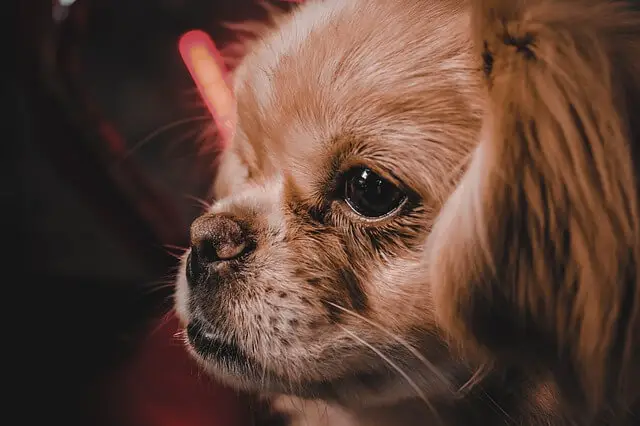
Grooming and care
These dogs have a longer coat, especially dogs that are competing in dog shows where a longer coat is preferred. They have a long, straight, and coarse double coat that is growing “away” from their body. They have thicker and longer hair in the neck area that is reaching to their shoulders. Just like their nickname “The Lion Dog” says, this gives them a mane-like appearance.
Since they are double-coated, they should be brushed regularly, at least once a week, with a brush that can reach their undercoat. That way, you can prevent tangles and mats but also skin problems. If double-coated dogs are not brushed regularly and their coat tangles, moisture can be trapped in those areas.
Tangles prevent air circulation, and moisture with no air are great conditions for bacteria to develop. That will most likely result in skin irritations and infections.
You should bathe your dog once or twice a month if a need for that should occur. You should only use shampoos and conditioners for dogs as they do not have any chemicals that can potentially harm your dog. Never use human products on your dog.

Pekingese coat colors
These dogs can come in a wide variety and shades of colors. However, some colors are forbidden by the standard, which is the color liver. Albino dogs are also forbidden but that is not a color but a lack of pigmentation. Albinism is connected to some health problems as well, such as vision and hearing impairment.
These dogs should have a black mask or a self-colored face; both are equally accepted in the show ring.
Temperament
This dog breed may look fluffy and cuddly but don’t be fooled by their appearance - they are brave and will stand their ground. These dogs give respect to those that respect them. They are full of dignity and seem to have a healthy dose of self-importance. With their family, they are affectionate and loving, and they can be aloof with strangers. In general, they are good-natured and lively dogs.
Training
When training a Pekingese, you should be firm but never harsh and use fear, intimidation, or pain as a training method. If you are consistent and use positive reinforcement with many treats, you will get great results with your dog. A great idea is trying to convince your dog that doing the trick or obeying your command was their idea.
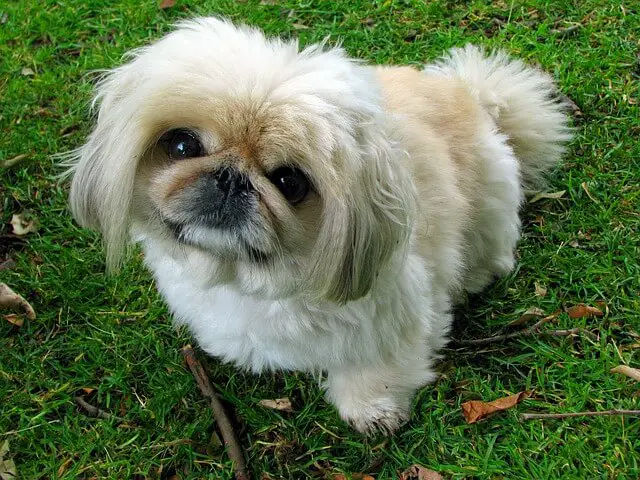
Socialization
Socialization is a big part of every dog’s life. The socialization should start as soon as your dog receives all the necessary shots. Introduce your new Pekingese puppy to different sights, sounds, people, dogs, and situations so they can learn how to adapt to these situations and how to react to them properly.
The socialization process will ensure that your puppy develops into a well-balanced and well-behaved, stable dog that will not have any problems adjusting to any new or unknown situation or that they will have behavior problems in general.
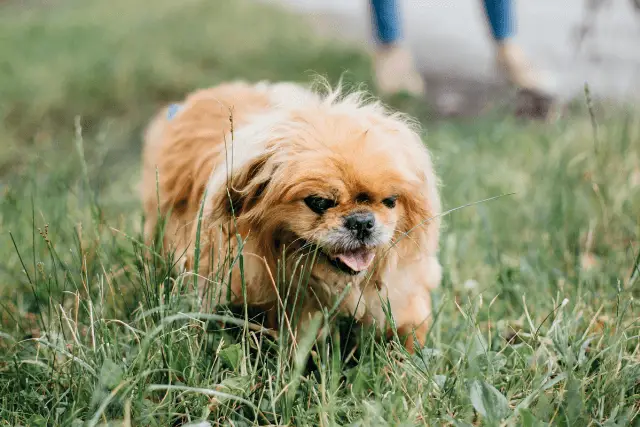
Pekingese and children
These dogs are not the best option for households with toddlers. They are very proud dogs and will not tolerate rough handling or teasing. If you decide to get a Pekingese, you should make sure that you teach your children how to properly approach the dog and how to handle it.
Other dogs and pets
The Peke prefers the company of other dogs of their breed. Socialization can play a big part here as it can teach your dog to get along well with other dogs and pets. These dogs have a strong character, so they may end up dominating much bigger dogs.
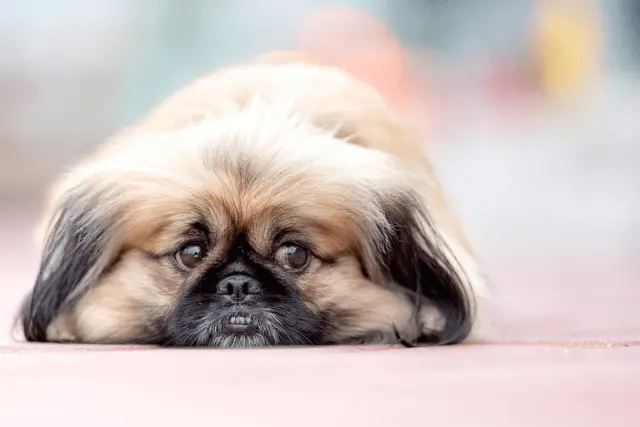
Potential health problems
The lifespan of Pekingese dogs is 12-14 years. Like any other breed, these dogs are prone to some health conditions every future Pekingese owner should be aware of and they are
- Entropion,
- Ectopic Cilia (a condition where eyelashes grow through the eyelid on the inside),
- Fold Dermatitis,
- Hydrocephalus,
- Keratoconjunctivitis Sicca,
- Cryptorchidism,
- Cleft Palate,
- Cataracts,
- Brachycephalic Syndrome,
- Patellar Luxation,
- Mitral Valve Disease,
- Progressive Retinal Atrophy (PRA),
- Intervertebral Disk Disease,
- Exposure Keratopathy Syndrome.
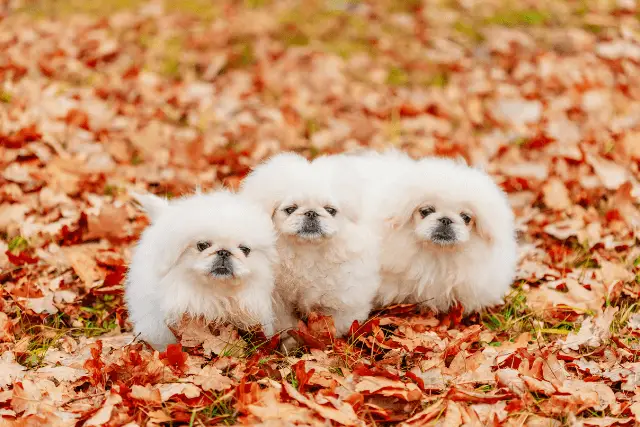
Pekingese breeders
If you decided to get a Pekingese puppy, make sure that these dogs fit your lifestyle. You should make sure that you have enough time to invest in them and that you can provide them with all the necessary activities every day.
When buying a dog, make sure you find a reputable and registered Pekingese breeder. That breeder should have all the required documents and breeding licenses. They should take good care of their dogs and conduct all the health tests to make sure they are not breeding any dogs that might have hereditary diseases.
World Dog Finder team

Updated at31.08.2023.
Breed History
There have been many scientific studies about this dog breed, and scientists have found DNA evidence that this breed, indeed, is one of the oldest pureblooded dog breeds in the world. That is the case with many other Asian breeds that have ancient roots dating back thousands of years. Throughout the Asian continent, dogs had many purposes, and they were mostly kept for specific working purposes.
The Pekingese were mostly kept and owned by the Chinese imperial family and nobles. They were bred as companion dogs, and that was their main purpose. They kept company with the royal family and weren’t allowed to be owned by commoners. It was expected that commoners bow to these dogs.
They were guarded and couldn’t leave the palace premises without an escort. It was believed that these dogs were great protectors as well. Because of their bravery, they earned the nickname the Lion dog. There is also a legend about the creation of these dogs, and it is a love story.
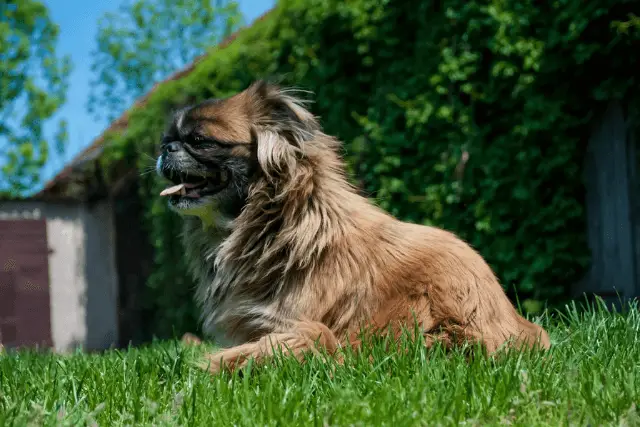
The legend says that a lion fell in love with a marmoset monkey. The lion wanted to marry the marmoset but wasn’t allowed because of its size. So the lion asked Buddha to grant him a wish a make him smaller in size, but he was afraid that his beloved would not love him if his character changed. He asked Buddha to keep shrinking him but to leave his bravery and lion heart intact.
Buddha allowed him his wishes, and as a result of their marriage, the lion dogs of China came to life. One of these lion dogs, or “Fu Lin” was the Pekingese.
These dogs were relatively unknown in Western civilizations until the late 19th century. They were heavily protected, and their export was forbidden. They were so badly protected that they weren’t allowed to leave the palace without protection or an escort, and leaving the country with foreigners was unheard of.
It wasn’t until the British occupation that these dogs were introduced to outside countries. The British and Chinese war was known as the Opium War, and in 1860 the Brits managed to get their hands on 5 of the Pekingese dogs.
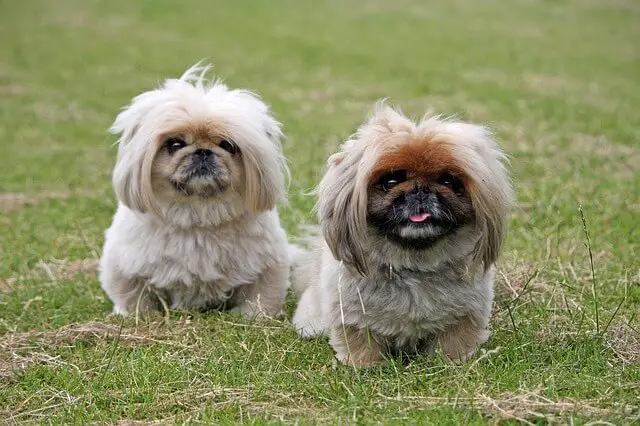
After the British occupation of Beijing, they entered the imperial palace. Allegedly, they have come across the aforementioned Pekingese dogs that were guarding the body of their owner that committed suicide to escape being captured by the Brits. Of course, the British soldiers took the dogs with them back to England and presented them to the British royal family.
4 dogs were introduced to the Dutchesses and a Dutch, and 1 dog was given to Queen Victoria as a gift and a token of a successful war operation. Queen Victoria named her Pekingese “Looty”.
After that, more and more of these dogs were smuggled outside the Chinese borders as the trading between the Chinese and the British started to develop. The Chinese remained protective of their dogs and were reluctant to allow foreigners to “steal” their royal dogs. As much as the Chinese tried and despite their best efforts, these dogs were taken back to England by the soldiers, and their number started growing rapidly.
As their numbers grew, so did their popularity across Great Britain. A lot of common British people wanted to follow the “trends” Queen Victoria set, and Pekingese was one of them. When these dogs were first introduced to England, they weren’t called Pekingese; they were named Pekingese Spaniel or the Chinese Pug.
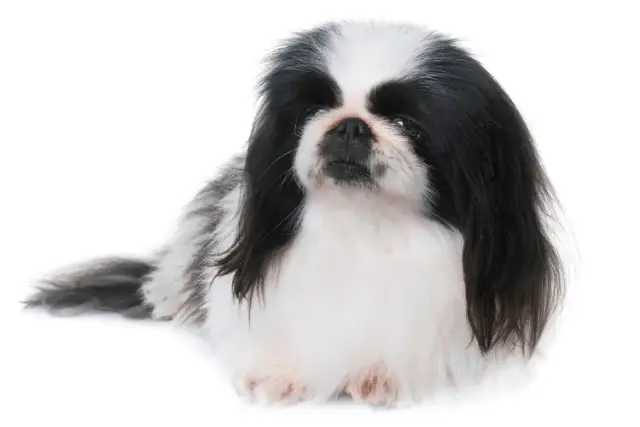
Eventually, the names were shortened and they were simply named Pekingese after the city of their origin. As the Pekingese’s popularity grew, a need for standards occurred, and dog breeders wanted to see this breed completely accepted by the governing cynology bodies.
The Pekingese Club was formed and started its work in 1904. They made the standard for this breed and filed for full recognition by The Kennel Club (governing cynology body for Great Britain), and their efforts resulted in success. The Pekingese were officially recognized by The Kennel Club in 1910.
FUN FACT: The first Pekingese exhibited in a dog show in Britain was named Pekin Peter. The show was held in 1894 before the Pekingese club was formed.
Shortly after these dogs’ introduction to England, they were exported to the United States of America. The first specimen of this breed that was registered by the AKC was named Rascal. Rascal was registered in 1906, three years before the official formation of the Pekingese Club of America in 1909.
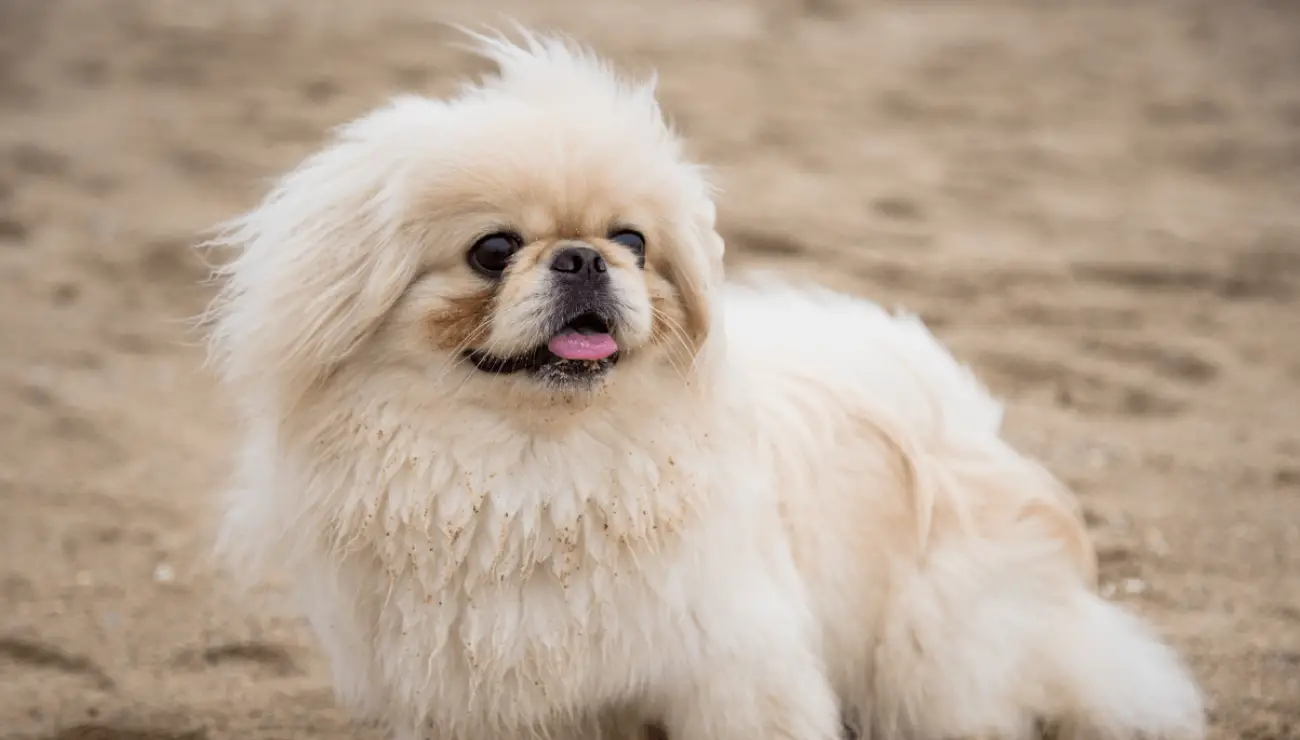
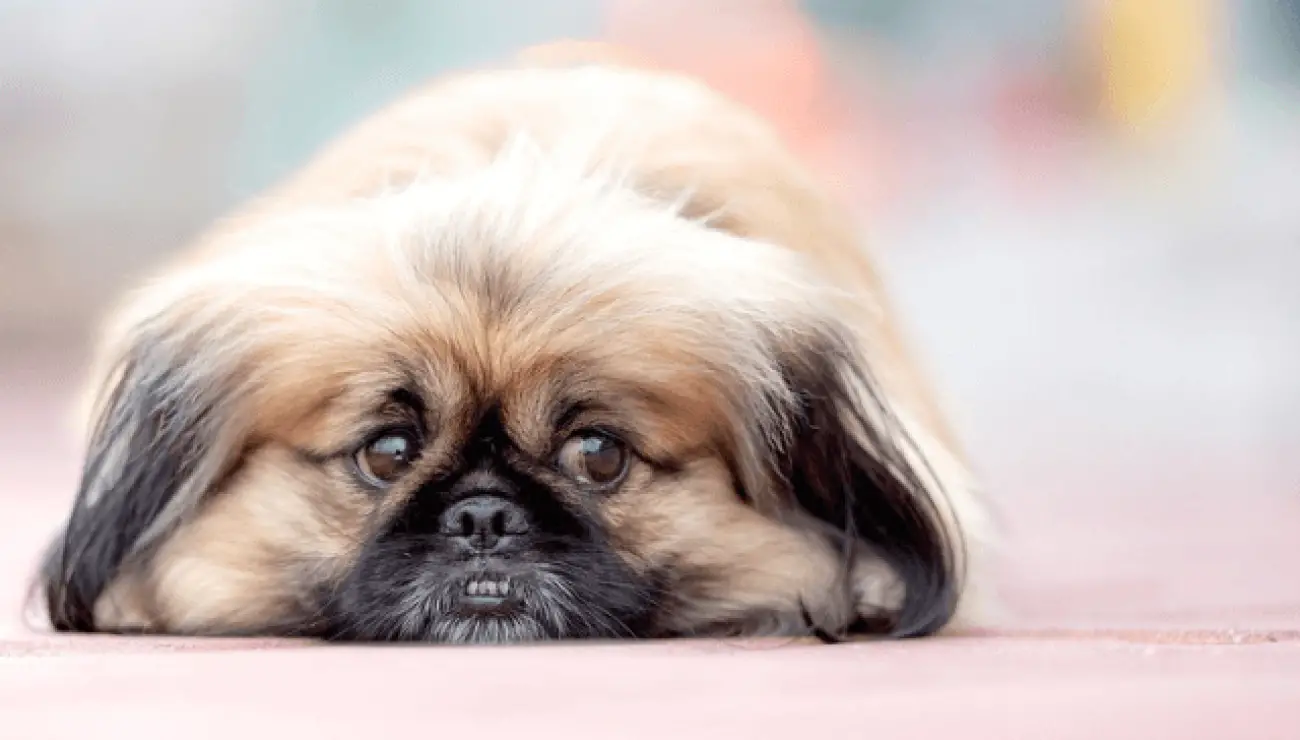
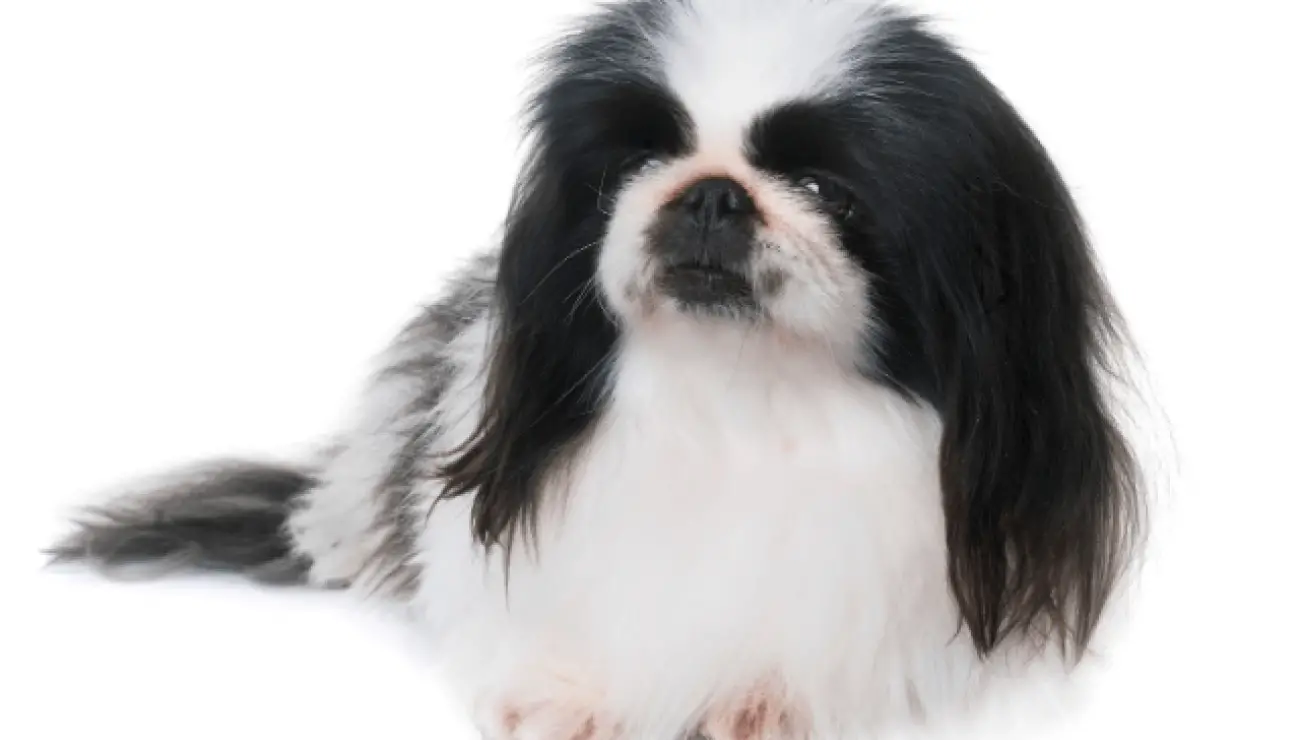
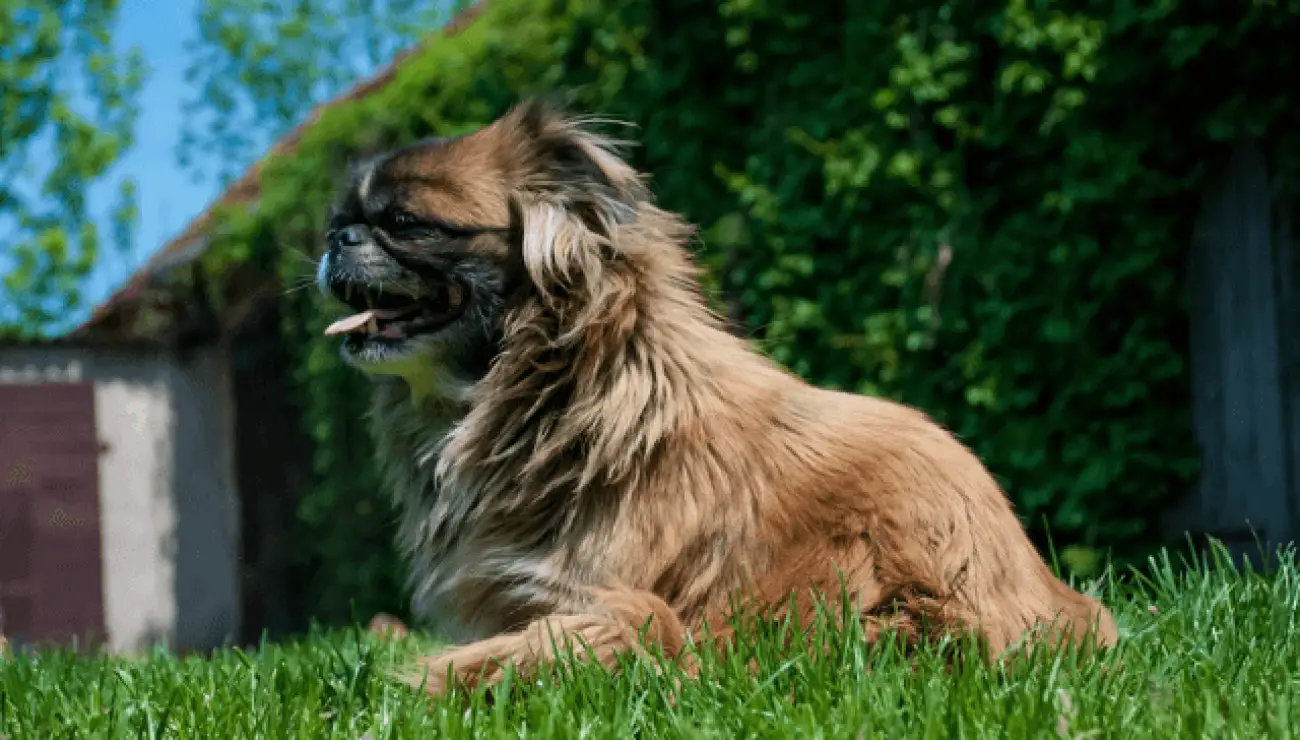
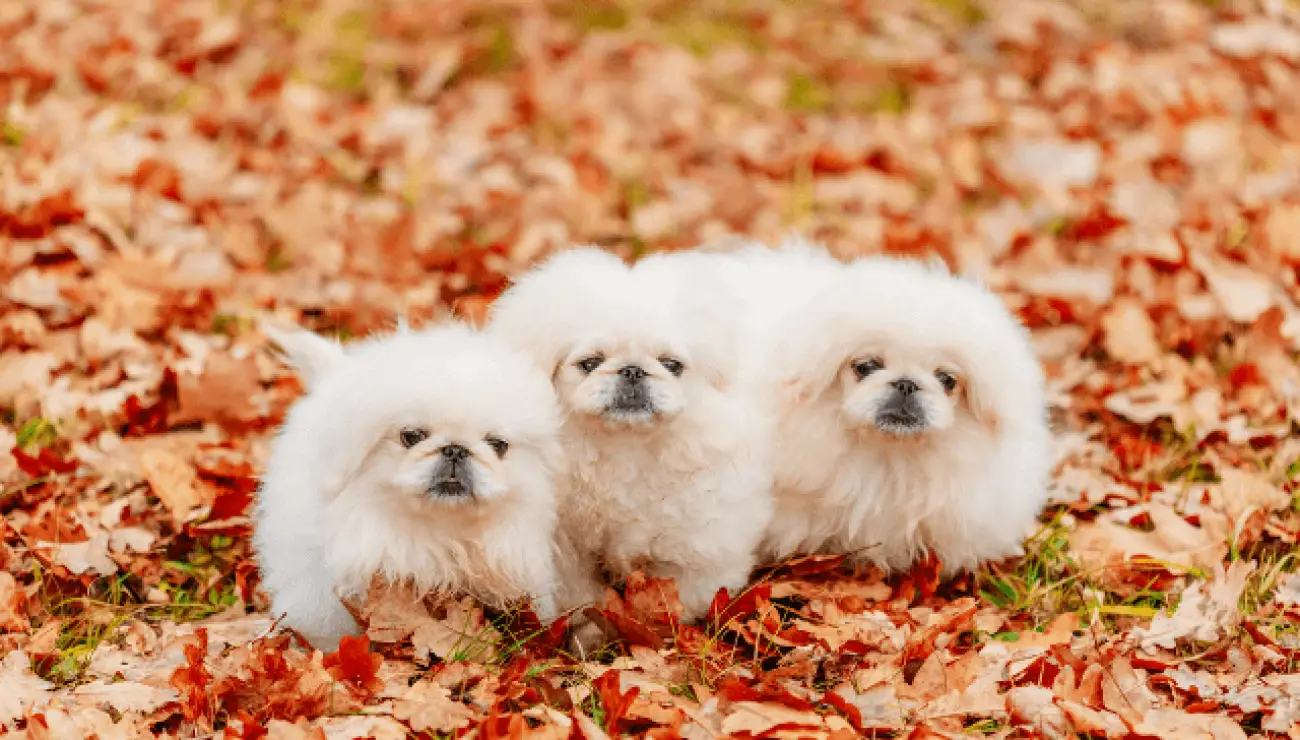
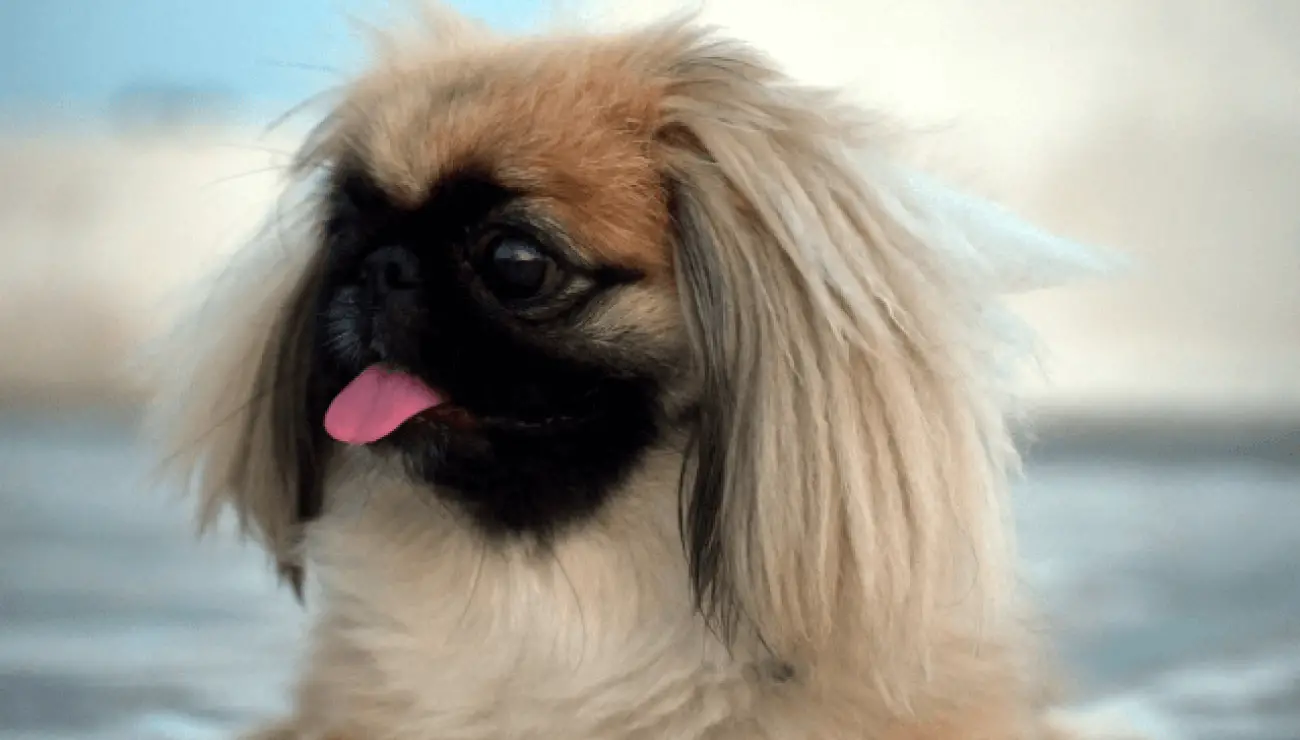
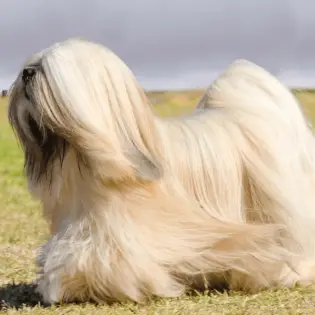
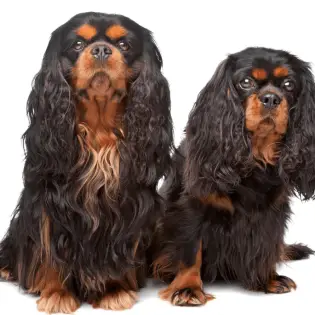



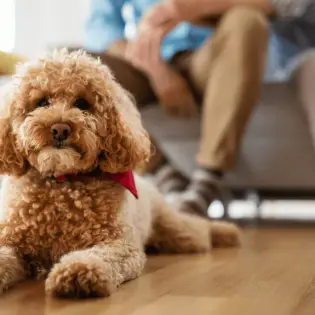

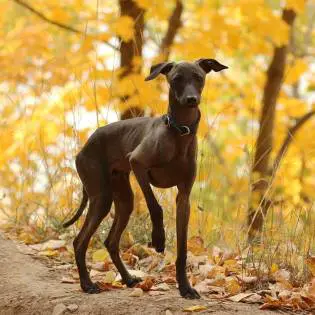
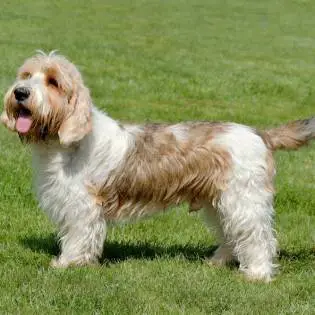


Share